Did you know that a French household carries out an average of 220 washes per year and therefore uses 26 liters of liquid detergent or 40 kg of powder detergent? And this is not without impact on the environment, particularly in terms of plastic containers and chemical products.
Today, using a washing machine to do your laundry has become essential in our daily lives. This is why we offer you some advice and tips for washing your laundry without getting everything dirty, in an eco-responsible and more environmentally friendly way.
The washing machine is known as one of the most energy-consuming household appliances.
But then, how to choose it well? Do not hesitate to find out using the energy label on the washing machine.
Since March 1, 2021, the energy label has evolved on new products, particularly for washing machines and dryers. Indeed, the letters A+++, A++, A+ disappear in favor of a new label which offers a scale from A to G: with A remaining the most efficient and G the most energy-intensive. This label is more complete with new information for the consumer. We find in particular:
Thus, by favoring the most efficient appliances, you will save water and energy.
Washing machine programs
Before starting your washing machine, remember to sort your laundry by color (white, light or dark colors) and by material (cotton, synthetic, delicate).
washing clothes washing net to preserve them longer. Sorting laundry is therefore an important step that preserves the quality of textiles and thus extends their lifespan.
Before launching your machine, also think about:
We tend to wear our clothes for a day and toss them straight into the washing machine. However, if they are not stained and without bad smells, there is no need to wash them after each use. This is the case of jeans which can be washed after 4 to 6 uses. By reducing the frequency of washing in this way, you will spare the wear of the fibers of your clothes and reduce your consumption of energy and water.
On the other hand, some clothes require washing after each use, such as underwear, sportswear and swimsuits. It is also important to wash your new clothes before wearing them to avoid the risk of allergies and skin irritations.
Avoid running your machine only for small amounts of laundry. Indeed, it is more profitable in terms of energy savings to launch a full machine than two half-machines.
On the other hand, when your laundry bin overflows, it is useless to fill the machine from there to no longer be able to close it. Indeed, an overfilled washing machine leads to poor washing and possibly damage to the appliance. It is therefore recommended to fill the washing machine to 3/4 for better circulation and washing of textiles.
But what is water hardness?
The hardness of water refers to its concentration of calcium and magnesium: the more it contains, the harder the water is considered to be. To know the hardness of your water, find out:
Start by banning conventional detergents containing chemicals that are harmful to the environment and to humans. Opt instead for natural and zero-waste laundry detergent:
Conventional fabric softener contains chemicals, synthetic fragrances and preservatives. Anything but natural and highly allergenic, fabric softener is as toxic to humans as it is to the environment.
Glycerin softener: for a 1L preparation, pour 1 half liter of white vinegar and a tablespoon of glycerin into a bottle, preferably glass. Remember to shake the preparation well and pour the equivalent of a small glass into the rinsing tray of your washing machine.
But what is that for ? It is an accessory that allows you to beat and knead the laundry in a mechanical way. Made of natural rubber or elastomer, they are economical and very resistant to all temperatures. To do this, you just have to put them in the washing machine, they will then mix and stir the laundry under the rotating movement of the drum. These balls therefore reduce water, electricity and detergent consumption (approximately 30 to 50% depending on the amount of detergent used).
Once a month, wash at high temperature (60°C or 90°C) to eliminate bacteria and clean the circuits. Do not hesitate to add a glass of white vinegar to the drum from time to time to descale the machine (then run the machine empty).
The iron is not essential for all clothes. Indeed, some materials do not crease such as polyester, wool or silk so you just have to stretch them well (on hangers, etc.) in order to smooth them out. Thus, limiting ironing greatly reduces energy consumption and therefore its environmental footprint.
Nowadays, there are multiple solutions to wash your laundry in an eco-responsible and ecological way. Indeed, many actions that are easy to adopt on a daily basis allow us to reduce our consumption of energy and water and therefore contribute to respecting the environment.
Now that you know all the tips and tricks for washing your laundry as ecologically as possible, what are you waiting for to share and educate your loved ones on this theme.

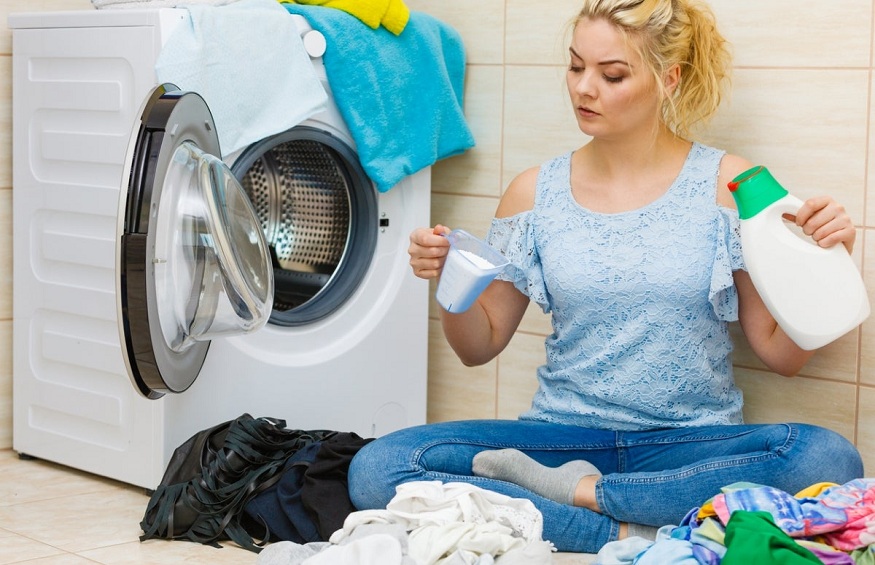

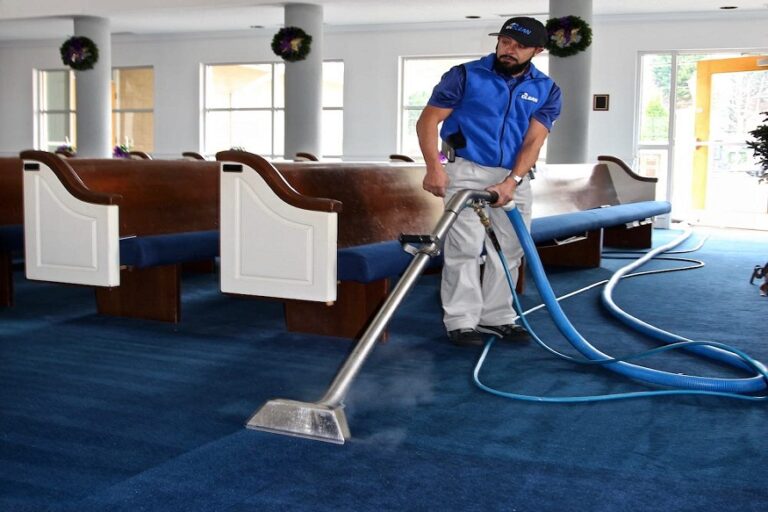


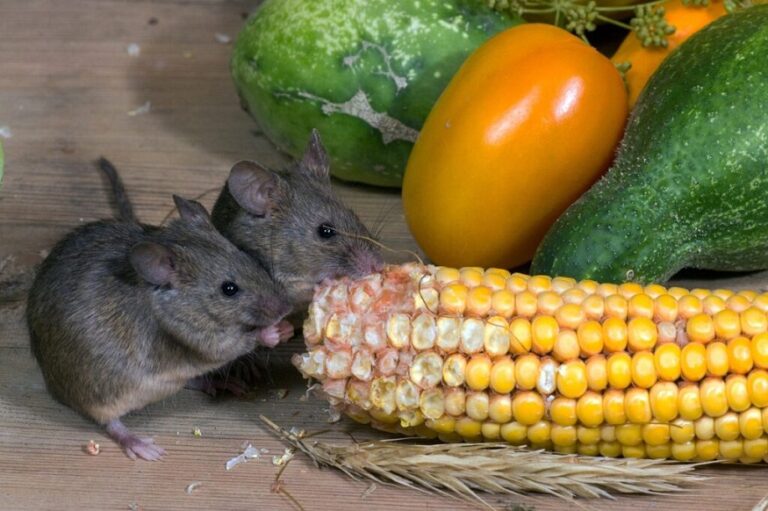



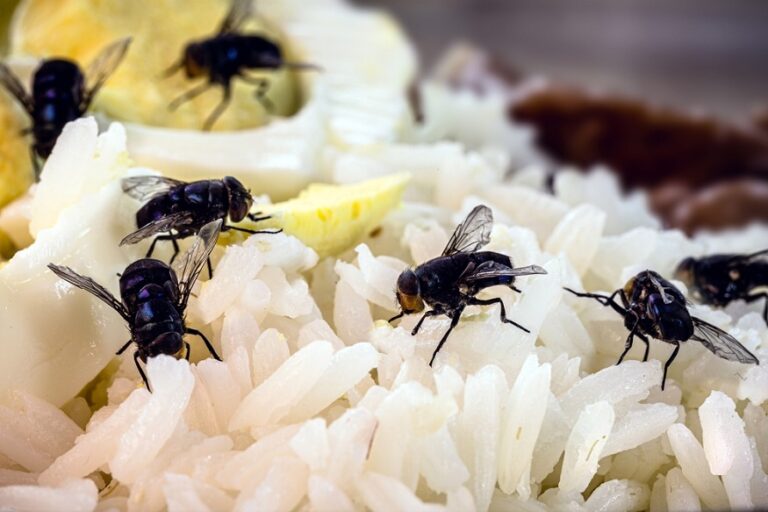

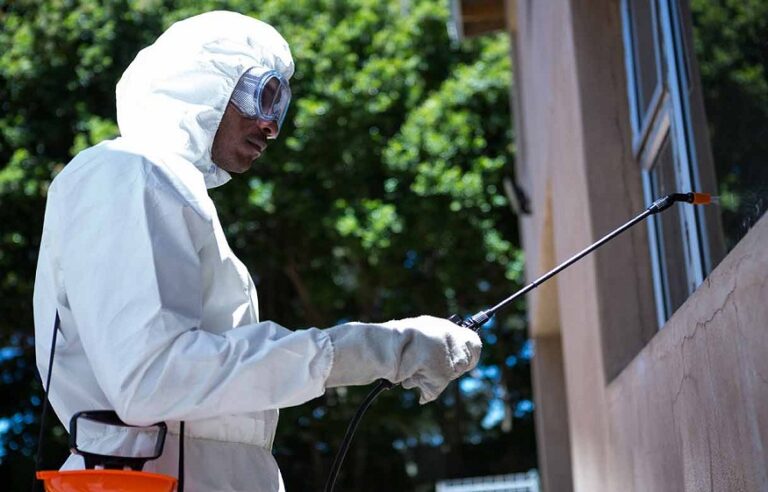

+ There are no comments
Add yours